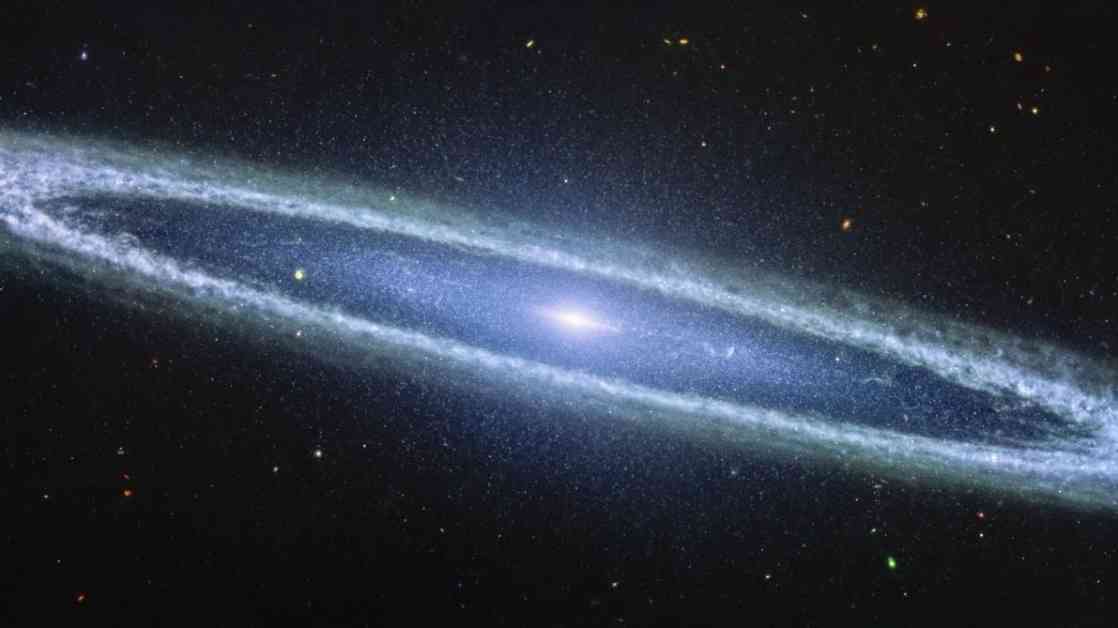The Sombrero Galaxy, also known as Messier 104, has been a fascinating cosmic object for astronomers for years. However, with the new image captured by the James Webb Space Telescope, its appearance has taken on a whole new dimension. The infrared capabilities of Webb have allowed us to see through the dust and gas that typically obscure our view of distant galaxies, revealing intriguing details about the Sombrero Galaxy’s composition and structure.
One of the most striking changes in the new image is the disappearance of the galaxy’s central hazy bulge, replaced by a smooth, mirror-like core. This new perspective has surprised many space enthusiasts who are used to seeing the glowing core in visible-light images. Additionally, the outer ring of the galaxy appears clumpy, indicating the presence of dust clumps that could be young star-forming regions.
Despite its massive size and the presence of a supermassive black hole at its center, the Sombrero Galaxy is not a prolific star producer, with its rings generating less than one star per year. This is in stark contrast to our own Milky Way, which produces about two stars per year. The galaxy’s 2,000 globular clusters, each containing hundreds of thousands of old stars, present a unique opportunity for astronomers to study stellar evolution and characteristics.
The Sombrero Galaxy’s unique features and composition make it a valuable target for scientific research and exploration. With the James Webb Space Telescope’s unparalleled capabilities, we are able to unlock the mysteries of this galactic icon and gain insights into the formation and evolution of galaxies in the universe. As we continue to study and analyze the new image of the Sombrero Galaxy, we can expect even more revelations and discoveries that will expand our understanding of the cosmos.













